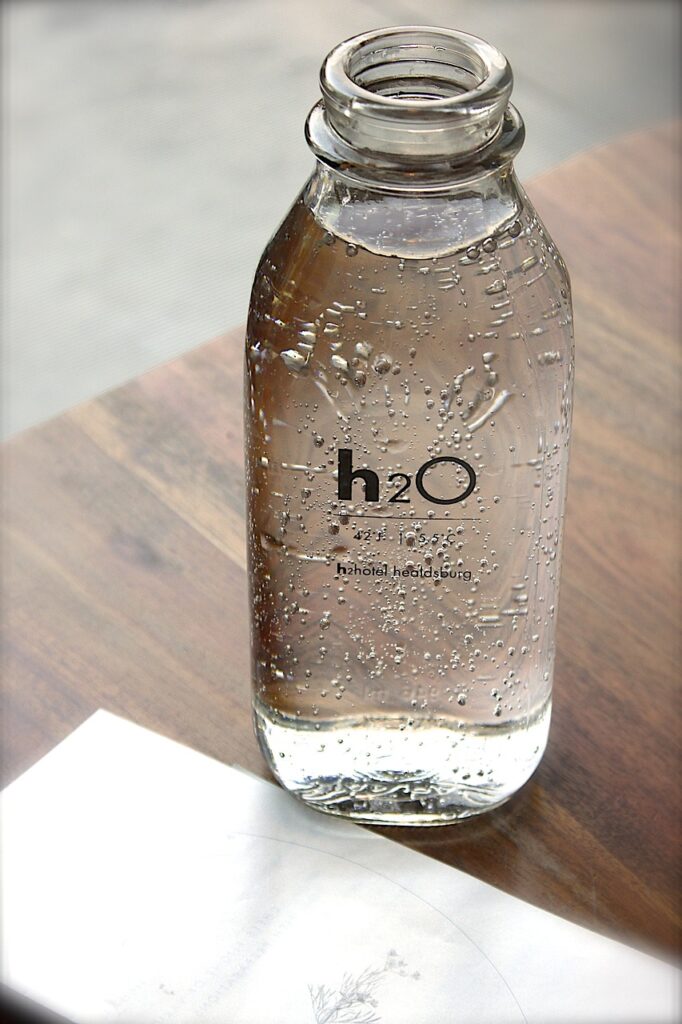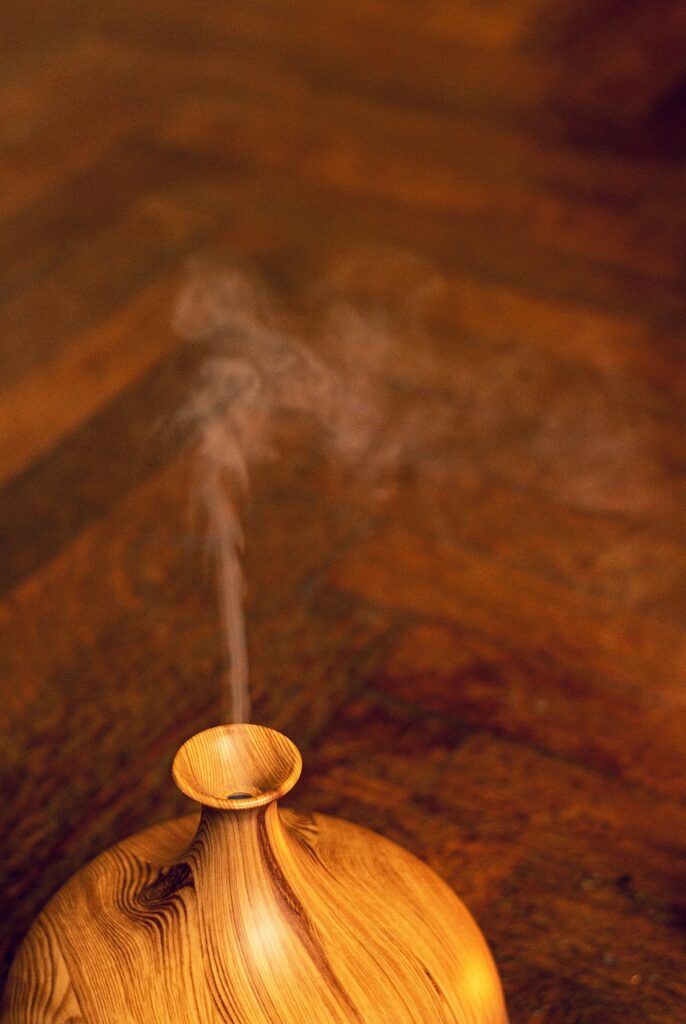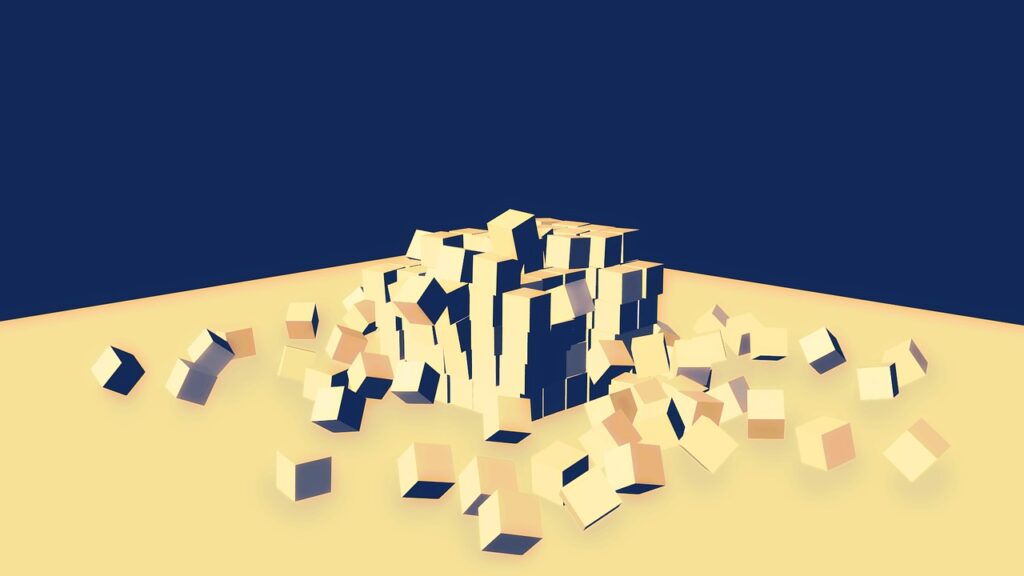Matter is the fundamental substance that makes up everything in the universe. It’s what you, your books, the air, and even the stars are made of. Imagine matter as tiny building blocks called atoms. These atoms join together to form molecules, which, in turn, make up different kinds of matter. There are three main states of matter: solid, liquid, and gas. Solids have a definite shape and volume. Think about desks, chairs, and books – these are all solids. The particles in solids are closely packed and vibrate in place. Liquids have a definite volume but take the shape of their container. Consider a glass of water. The water takes the shape of the glass, but it doesn’t spill everywhere because it has a fixed volume. In liquids, the particles are more spread out and can move around each other. Gases, like the air we breathe, have neither a definite shape nor volume. The particles in gases are far apart and move freely. That’s why gases can fill any container they’re in.
Matter can change from one state to another through processes like melting, freezing, evaporation, and condensation. For instance, when you heat ice (a solid), it melts into water (a liquid). If you heat the water further, it turns into steam (a gas). This ability to change states is a property that makes matter incredibly interesting to scientists. Matter also has properties like mass, which is the amount of matter in an object, and volume, which is the amount of space an object takes up. Everything around you, from the food you eat to the clothes you wear, is made of matter. Understanding matter helps scientists create new materials, medicines, and technologies, making it a crucial concept in the study of science and our everyday lives.



Chairs, Table, Wood, Books, and Pots are examples of Solids
Water is an example of liquids
Water vapour is an example of gases
Answer the following questions :
Q1) What is matter, and what does it consist of?
Q2) Name and describe the three main states of matter ?
Q3) Provide examples of objects or substances representing each state of matter: solid, liquid, and gas?
Q4) How are atoms and molecules related to the concept of matter?
Q5) Explain the processes of melting, freezing, evaporation, and condensation with examples for each?
